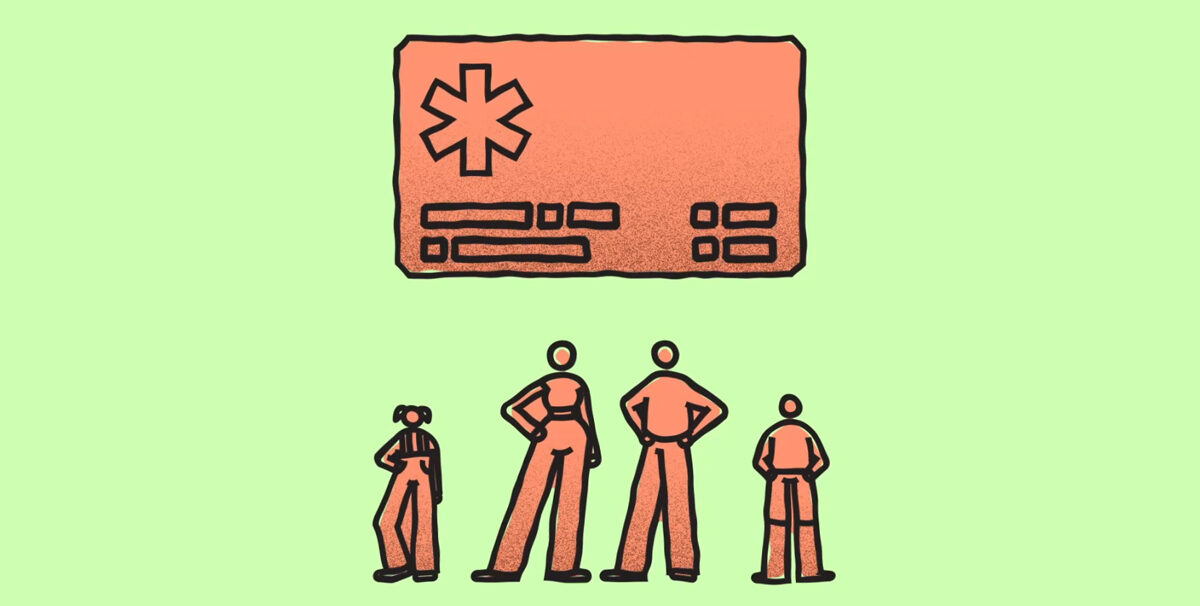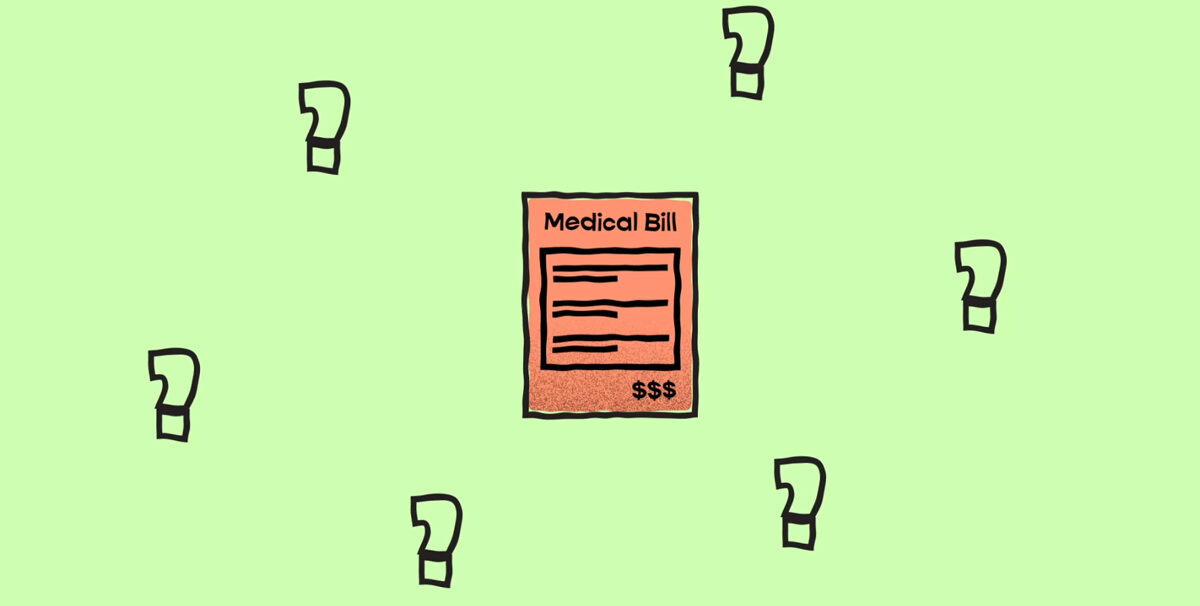Time to get outside, and encourage your friends, family, and children to unplug and take some time away from the screens and harsh fluorescent lights to enjoy some natural beauty. Getting the recommended amount of physical activity every day (30 minutes) doesn’t have to be a chore. An easy way to make exercise fun for the whole family is by playing outside. Being active outdoors is a great way to reconnect with nature, relieve stress and stay healthy. Exercising (any physical activity) and simply walking outdoors has been proven to improve both mental and physical health. Being outside also helps to promote higher vitamin D levels, an important immunity boosting vitamin the body makes when skin is directly exposed to the sun. Many people are deficient in vitamin D, so being active (playing) outside can be a great way to boost these health benefits.
In addition, outdoor activity can help you maintain a healthy weight, boost immunity, lower stress, reduce inflammation, improve sleep, and increase happiness. Making outdoor activity part of living a healthy lifestyle can be as simple as taking a 20-30-minute walk, working in the yard, or simply playing outdoors.
Take action each week:
Get Active Outside
Getting the recommended amount of physical activity every day doesn’t have to be a chore. An easy way to make exercise fun for the whole family is by playing outside. Being active outdoors is a great way for you to reconnect with nature and stay healthy.
Why Exercise Outside?
Exercising in nature has been proven to improve one’s mental and physical health. Being outside also helps to promote higher vitamin D levels, a vitamin the body makes when skin is directly exposed to the sun. Many people are deficient in vitamin D, so exercising outside can be a great way to correct that. In addition, outdoor activity can help you maintain a healthy weight, boost immunity and lower stress. Exercising outside can feel less routine than working out in a gym.
Where to Go
There are many different places you can go to be active outside. You can exercise in your backyard or visit a local, state or national park.
What to Do
It’s easy to find affordable activities that you can enjoy outdoors. Some of these activities include:
- Walking or hiking—Go for a walk around the block after work or after dinner to get your heart pumping. Hiking and walking have been proven to improve heart health and can help you maintain a healthy waistline.
- Ride your bike—Riding a bike helps improve balance and endurance. Biking is a fun, a fun, family-friendly activity that everyone can enjoy. Consider biking to work or school to sneak in some extra exercise during the week.
- Go swimming—This low-impact activity burns more calories per hour than almost any other activity, and has been shown to improve strength, flexibility and cardiovascular health.
What to Bring
- If you’re spending more than an hour or two outside, make sure you bring these items with you:
- Water so that you can stay hydrated, especially if it is warm outside
- Healthy snacks like nuts and carrot sticks
- Sunscreen, a hat and sunglasses to protect yourself from the sun’s rays
- Rain gear if rain is in the forecast
- Extra layers in case it gets cool outside
- A backpack so you can carry all of your supplies with you
Stay Active While Working from Home
Working from home has many perks, but it may leave you at-risk for developing a sedentary lifestyle and unhealthy habits. It may be easy to forget about exercise when you’re home all day. The good news is you’re in control of keeping yourself active while also getting your work done; it all comes down to building healthy habits throughout the day.
This article explores the importance of an active lifestyle and how to get in your daily movement while still getting your work done.
The Importance of Being Active
The Department of Health and Human Services recommends most adults get at least 150 minutes of moderate physical activity each week, such as brisk walking or light housework. Additionally, it’s recommended to do muscle-strengthening activities two or more days per week that target major muscle groups (legs, hips, back, abdomen, chest, shoulders and arms). The good news is that you can spread your activity out during the week, so you don’t have to do it all at once.
Regular physical activity is vital for your health. There are numerous health benefits of physical activity. Most significantly, it can help maintain your weight and reduce your risk for high blood pressure, Type 2 diabetes, heart attack and stroke.
On top of the physical benefits of working out, research finds that exercise can help reduce anxiety and improve your mood and overall mental health. When you exercise, your body releases endorphins which can help you healthily cope with daily stressors.
Tips for Staying Active
Some physical activity is better than none. Adults should move more and sit less throughout the day. However, staying active while working from home can require self-discipline. Consider the following strategies for avoiding inactivity during your remote workday:
- Try a fake commute. A fake commute involves using a typical commute time period to transition and mentally set yourself up before working. Without a standard commute, you could exercise before or after your workday.
- Schedule your workout. If a fake commute doesn’t fit with your remote work routine, find ways to plan your exercise and stick to it. Building exercise into your daily planner can help you stay on track. If something comes up and you have to change a fitness appointment, reschedule it right away.
- Designate a workout spot. Find a room or corner in your home to be your workout space. You don’t need that much space for an efficient workout, just enough to move around a bit or lay down an exercise mat.
- Move every hour. It’s important not to be sedentary for long periods of time. Set a timer or use apps that remind you to stand up and move for a few minutes. Use that movement to grab a healthy snack, refill your water cup, or walk up and down the stairs.
- Go digital. Many apps, videos and on-demand programs are available to help you stay committed to exercise. Online memberships or streaming services can provide classes and workouts in the comfort of your home during workday breaks or lunchtime. You could even invite family and friends to join to increase accountability. Your employer may even offer such digital health and exercise resources.
- Keep it simple. If you already have hand weights, a yoga mat or exercise bands at home—great! If not, get creative with body-weight exercises, or consider using household items to add resistance to your routine.
Consistency is key with any fitness routine. Staying active at home makes you more likely to adopt fitness habits and live a healthy lifestyle. Health experts recommend talking to your doctor before starting new exercise programs.
Become a Physically Active Family
Children need at least 60 minutes of physical activity every day. Studies show that kids who are supported by friends and family or surrounded by active people are more likely to be active. Engaging in physical activity as a family can be a fun way to get everyone moving.
Benefits of Activity
Physical activity is an essential part of a healthy lifestyle. It can help prevent chronic diseases, control weight, build muscle, and decrease the risk of obesity.
Active Families
Being active as a family increases opportunities for kids and families to be physically active. Here are some activities you and your family can consider to get started on a path to a healthier lifestyle.
- Give children toys that encourage physical activity, such as balls, kites and jump ropes.
- Encourage children to join a sports team or try a new physical activity.
- Take the stairs instead of the elevator.
- Facilitate a safe walk to and from school several times a week.
- Walk around the block after a meal.
- Find time to spend together doing a fun activity, like family bike day or swim day.
- Make a new house rule: No sitting still during television commercials.
- Issue a family challenge to commit to physical activity five days a week for six weeks.
Other Ways to Get Active
Increasing your family’s physical activity is not the only way to help your kids get active. The following are some other ways you can be involved:
- Limit TV time and keep the television out of your child’s bedroom.
- Talk to your children’s principal or write to your district superintendent to incorporate more physical education in schools.
- Encourage schools to hold recess before lunch to increase physical activity before mealtime.
- Volunteer to help with after-school physical activity programs or sports teams.
Source: https://letsmove.obamawhitehouse.archives.gov/initiatives
Camping Safety
Camping is an activity enjoyed by millions of Americans each year. To keep the experience fun and safe, there are some basic precautions that every camper should take.
Essentials
Before setting out, it is important that you have the following items:
- A medical kit—It should include a topical antibiotic, bandages, cotton swabs, diarrhea medication, antacids, scissors, tweezers and burn ointment, at a minimum.
- Flashlights—Bring several, and ensure beforehand that they are working correctly. Carry along some extra batteries as well. You may wish to purchase an LED flashlight; although more expensive, they last much longer.
- Water—It is never a good idea to drink straight from natural water sources such as lakes or streams. Bring along bottled water, water purification tablets or a water purifier. If you decide to bring bottled water, figure a gallon per person per day to cover drinking and cooking.
- Sunscreen and sunglasses—Being out in the sun for extended periods of time can cause irreversible skin and eye damage, not to mention the immediate discomfort sunburn will bring to your trip. Use proper protection.
- Waterproof matches— Even if everything else is wet, you can still make a fire.
- Insect repellant—Not only is sunburn unpleasant, but bug bites can be nasty too.
- Extra clothing—As hot as it may be during the day, nighttime may be an entirely different story. In addition, should your clothing get wet, you will want dry items to change into.
Tent Placement
It is important to consider the weather while choosing a site to set up camp. Avoid low-lying areas that could flood during a heavy rain. Also, in windy situations, avoid setting up your tent under a tree, as possible falling limbs could present a danger.
Animals
- Never approach or feed a wild animal. While it may look safe, their actions can be unpredictable.
- If camping in bear country, ensure that all dishes and food are kept at least 200 yards away from where you plan to sleep. Hang cooking utensils and food from a tree while not in use.
- If you bring along family pets, make sure they are properly supervised. It is important that your pet does not interfere with nearby campers or indigenous wildlife.
Campfires
Before starting your campfire:
- Clear the area of overhanging branches and brush.
- If possible, surround the fire pit with rocks and keep a bucket of water nearby.
- Do not build the fire near the tent(s) or anything else flammable.
- Never leave a fire unattended and ensure it is completely out before going to bed.
- Collect firewood from the ground only; never cut into living trees.
Activities
- Do not hike alone. Bring along a compass, water, snacks, a flashlight, and your cellphone if it operates in that area. The American Red Cross recommends a minimum of four people when hiking in an unfamiliar remote area, because if one person gets hurt, one can stay with them while the other two go and get help.
- Always supervise children in the water, even if they know how to swim. It is advisable that if the camping site is around water, every camper should know how to swim.
Food Safety
The United States Department of Agriculture recommends the following:
- Keep hot foods hot and cold foods cold—Bring a cooler with a cold source. Since it is difficult to keep items hot, it is suggested that you cook them ahead of time, cool them, and transport them cold to be heated up later.
- Keep everything clean—Bacteria present on raw meat and poultry can easily spread to other foods. This is called cross-contamination.
- When transporting raw meat, double wrap or double bag the products.
- Always wash your hands before and after handling raw meat.
- Never use the same platter and utensils for raw meat and cooked meat.
- Always cook all cuts of pork, ground beef and lamb to 160 degrees Fahrenheit. All poultry, hot dogs and leftover meat should reach 165 degrees Fahrenheit. Bring a meat thermometer along with your cooking supplies.
- Bring disposable wipes or biodegradable soap for hand- and dish-washing.
If you are camping for more than one night, you may want to bring the following foods to maintain your health and energy:
- Peanut butter (in a plastic jar)
- Concentrated juice boxes
- Canned tuna, ham, chicken or beef
- Dried noodles and soups
- Dehydrated foods
- Dried fruits and nuts
- Powdered milk and fruit drinks
Make sure you clean up all trash and belongings when leaving your campsite. Always strive to leave things better than you found them so other will get the chance to fully enjoy the beauty of nature just as you have.





